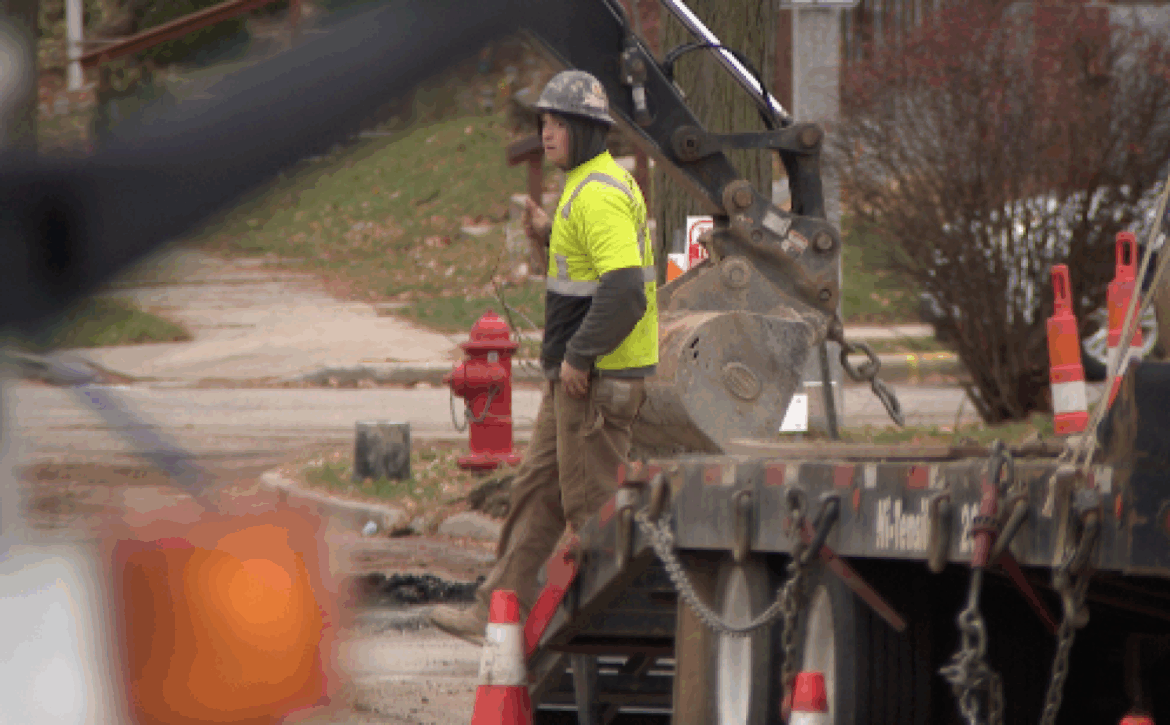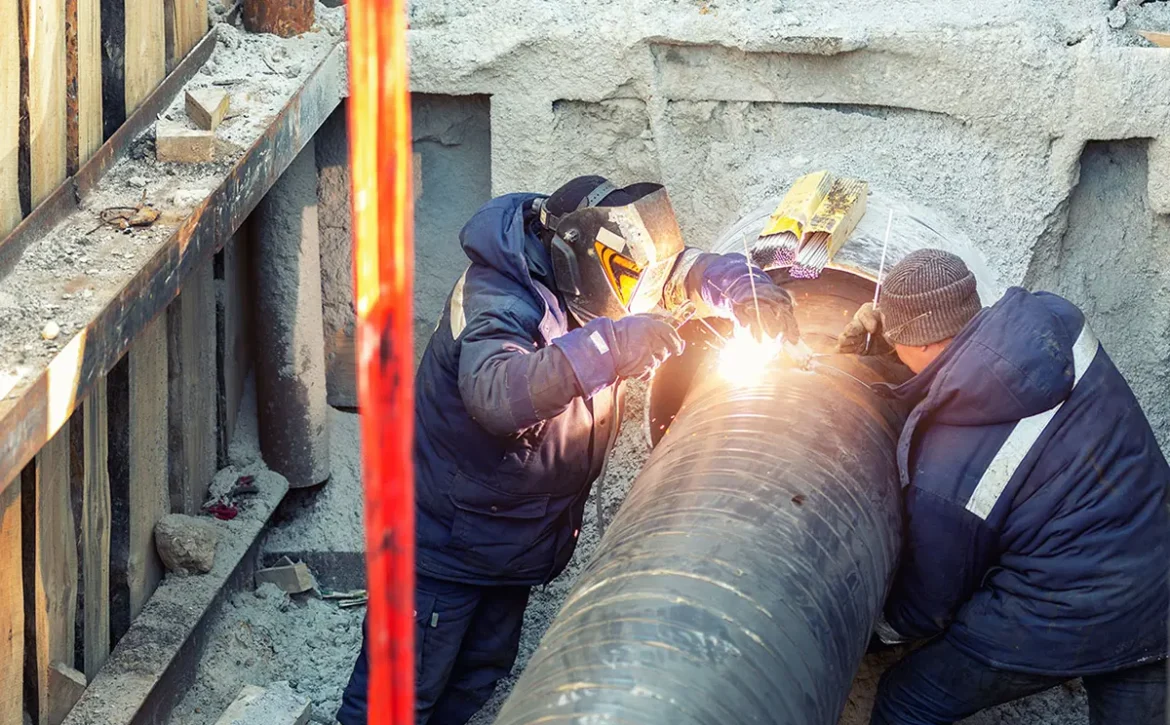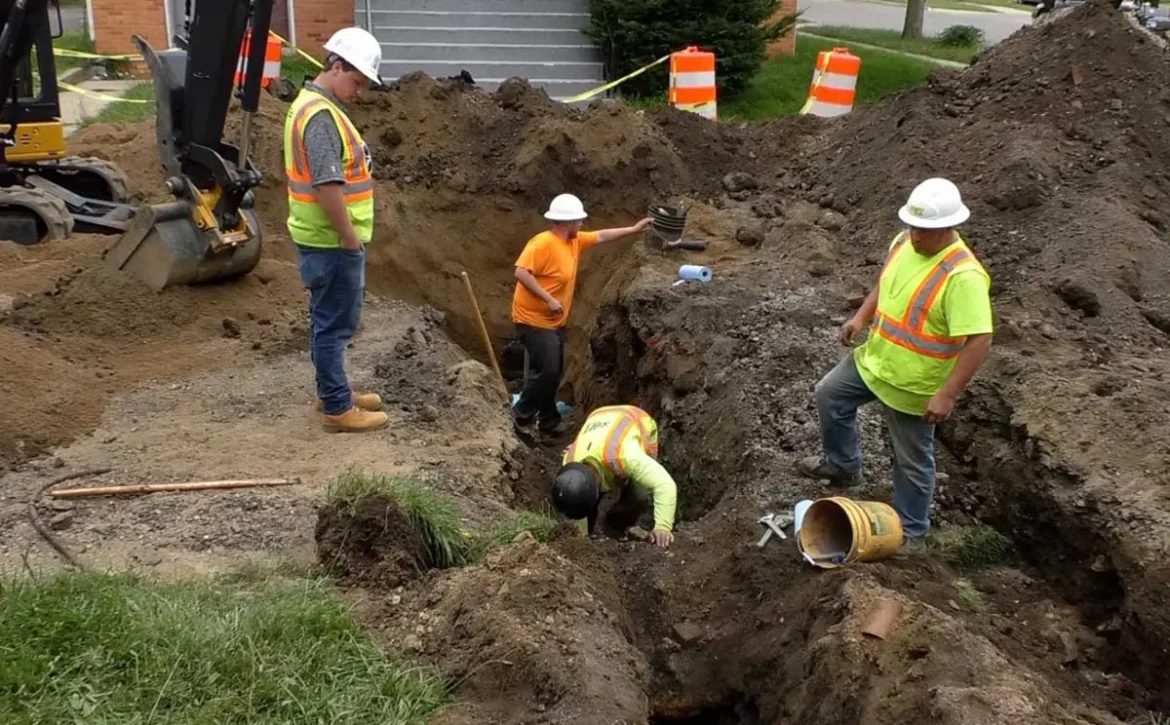Drinking Water State Revolving Fund (Dwsrf) – Intended Use Plan 2023 Federal Allocation (pdf)
Delaware’s SFY24 Intended Use Plan (IUP) set-aside funds 2% of the Capitalization Grant to create career pathways for high school students in water distribution, operations, and treatment through pre-apprenticeship programs (p. 14).








